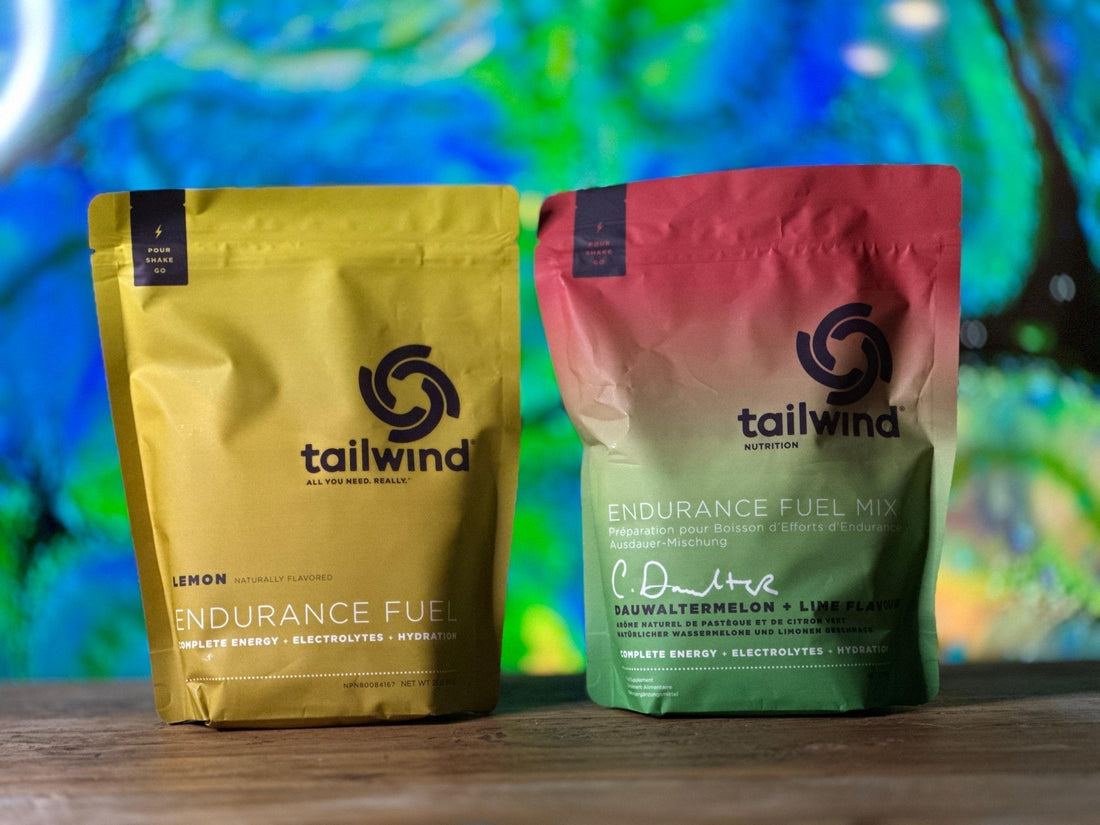
Energy intake in endurance sports – what, when and how much?
Share
(Updated 21.3)
In endurance sports such as cycling, triathlons and ultrarunning, efficient management of energy stores is crucial for performance and endurance. Properly timed and appropriately sized energy intake can help avoid "hitting the wall" or "booming" and keep performance consistent from start to finish.
How much energy is needed?
The body's primary source of energy during long-term exercise is carbohydrates, which are stored in the muscles and liver as glycogen. However, during long-term exercise, these stores are depleted, requiring supplemental energy.
Studies show that the amount of carbohydrates consumed during exercise should be proportional to the duration:
- Performances under 2 hours : 30–60 g of carbohydrate per hour is sufficient to maintain performance.
- 2–3 hour workouts : 60–90 g of carbohydrates per hour enhances endurance and delays fatigue.
- Over 3 hours and ultra races : 90-120g of carbohydrate per hour can improve performance if the digestive system can handle it. This should be tested in training before the race or event. In this case, it is recommended to combine multiple carbohydrate sources (e.g. glucose and fructose) to optimize absorption.
How should energy be consumed?
Energy intake can be based on a single source or a combination of drinks, gels and solid energy sources. A good drinking strategy helps manage both fluid balance and carbohydrate intake.
One practical solution is Tailwind Nutrition Endurance Fuel , which provides an optimally absorbable blend of glucose and fructose along with hydration. The advantage of Tailwind is that it is easy on the stomach and often sufficient as a sole source of energy without the need for gels or solid food.
Alternatively or in addition, you can use NOSHT sports drinks and energy bars, which provide easily absorbed energy in various forms. NOSHT products are also well suited for situations where you want to vary the flavors and textures or lighten the carbohydrate content of the drink.
Energy intake recommendations for different lengths of exercise
| Duration | Energy intake | Recommended products |
|---|---|---|
| 2 hours | 30–60 g carbohydrate/hour | Tailwind Endurance Fuel (1–2 servings/hour) or/and NOSHT sports drink + gel |
| 3 hours | 60–90 g carbohydrate/hour | Tailwind + possible additional gel or speed candy / NOSHT sports drink + 2 gels/h |
| 4–6 hours | 90 g carbohydrate/hour | Tailwind + possible energy bars/gels/candy / NOSHT gels + candy + light solid food |
| 6+ hours (ultra) | 90–120 g carbohydrate/hour + possible solid food | Tailwind + possible gels/candy and salty snacks, such as nuts or chips / NOSHT + solid snacks (bread, pickles) |
Fluid balance and electrolytes
In addition to energy, it is important to stay hydrated and replenish electrolytes. The amount of sweat and weather conditions will greatly affect your needs, but a good rule of thumb is to drink 4–8 dl of fluid per hour and ensure that your electrolyte balance is maintained.
Tailwind contains the appropriate amount of sodium, potassium, calcium and magnesium, which helps prevent muscle cramps and salt imbalances during exercise.
NOSHT sports drinks also contain electrolytes and work especially well in warm conditions or when you want to keep the drink lighter and increase energy from gels or solid sources.
Summary
Optimal energy intake is individual, but the following basic principles will help:
✔ Start your energy intake early. Enjoy energy from the start during long workouts – don't wait until you're tired.
✔ Use easily absorbed carbohydrates, such as Tailwind orNOSHT candies and drinks, to keep your energy levels steady.
✔ Combine different carbohydrate sources, especially for workouts lasting more than 3 hours.
✔ Remember to hydrate and replenish electrolytes according to the amount of sweating.
✔ Test your energy strategy in training before competitions. This is extremely important. You don't go into a competition eating things you don't know how to eat.
With the right strategy, endurance sports are not only more effective but also more enjoyable – without running out of energy mid-exercise! Recovery is also more efficient if you consume enough energy during your workout.
Here is also a blog post about the NUTS Karhunkierros 55 energy plan